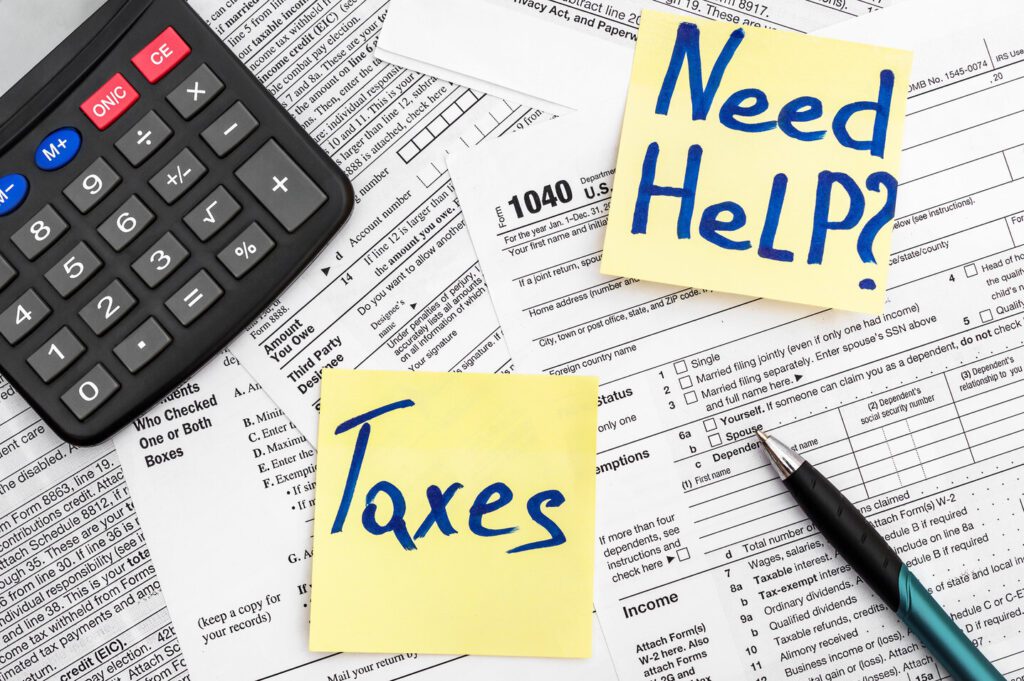Ever checked your credit score on two different apps – only to see two totally different numbers? You’re not alone. It’s a common question: why do I have different credit scores? Understanding how credit scores work (and why they vary) can help you take control of your financial future – especially if you’re trying to rebuild your credit after debt.
Quick answer: why your credit score varies
Your credit score can differ across websites because:
- Different credit bureaus are used (Equifax vs. TransUnion)
- Different scoring models are applied (FICO vs. VantageScore)
- The data might be updated at different times
Let’s break it down.
1. Different credit bureaus
Canada has two main credit bureaus: Equifax and TransUnion. Each bureau collects information independently, so:
- One might show a missed payment the other doesn’t
- Account updates may appear sooner on one report
- Not all lenders report to both bureaus
This means your Equifax score can be different from your TransUnion score, even if both are accurate.
2. Different scoring models
There are multiple credit scoring models. The most common are:
- FICO Score
- VantageScore
Each model calculates your score differently – even using the same credit report. For example:
- FICO puts more weight on payment history and amounts owed
- VantageScore may factor in things like recent credit behaviour more heavily
That’s why you might see one score in the 700s and another in the 600s – they’re simply using different formulas.
3. Timing and updates
Credit scores are not static – they can change daily based on:
- New balances
- Payments made
- Credit inquiries
- Account openings or closures
Some platforms update weekly. Others refresh your score monthly. If you’re comparing scores on different days or platforms, you’re not always comparing apples to apples.
Which score matters most?
It depends on who’s checking it.
- Lenders may rely on Equifax or TransUnion, or pull both.
- Mortgage lenders often use FICO.
- Car loan providers or credit card companies might use either.
- Free credit score apps often use VantageScore for educational purposes.
When you’re applying for credit, it’s helpful to ask which score or bureau the lender uses.
What’s a good credit score in Canada?
While scoring ranges can differ slightly, here’s a general guide:
| Score Range | Rating |
|---|---|
| 760–900 | Excellent |
| 725–759 | Very Good |
| 660–724 | Good |
| 560–659 | Fair |
| 300–559 | Poor |
Most lenders consider 660+ as acceptable, but the higher your score, the better your access to lower interest rates and approvals. Learn more in our dedicated article on the topic: What’s a good credit score in Canada?
How to improve your credit score (regardless of the model)
No matter which score you’re looking at, these tips can help:
- Pay bills on time
- Keep credit card balances low
Avoid frequent credit applications
Don’t close your oldest credit accounts
Review your credit report for errors
If you’re struggling with debt and your score is suffering, a consumer proposal can help you get out of debt while stopping interest and protecting you from creditors. Over time, it can also help you rebuild your credit.
Expert support from Spergel
At Spergel, our experienced Licensed Insolvency Trustees help Canadians get out of debt and take steps toward a stronger financial future. Whether you’re confused about your credit score or overwhelmed by debt, we’re here to help – with judgment-free advice and customized solutions. Book a free consultation today to explore your options and take back control.
Related resources:
- What is a bad credit score?
- Does not paying taxes affect your credit score?
- How to fix a bad credit score in Canada
- How to use a credit card responsibly
- How to get a credit card after bankruptcy
About Spergel
With over 35 years of experience and offices across Canada, Spergel is a trusted name in debt relief. Our team of Licensed Insolvency Trustees offers personalized, compassionate guidance to help you get out of debt and rebuild your financial life.



















